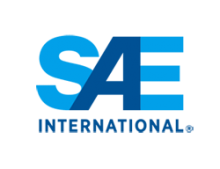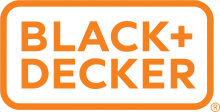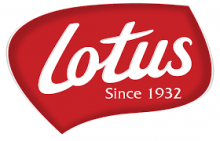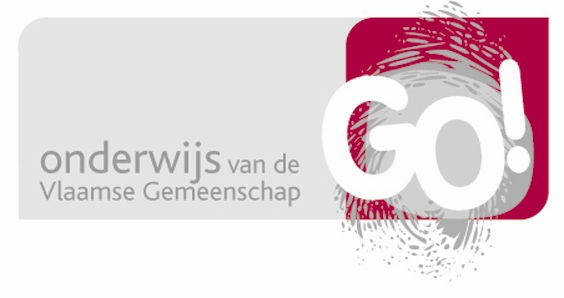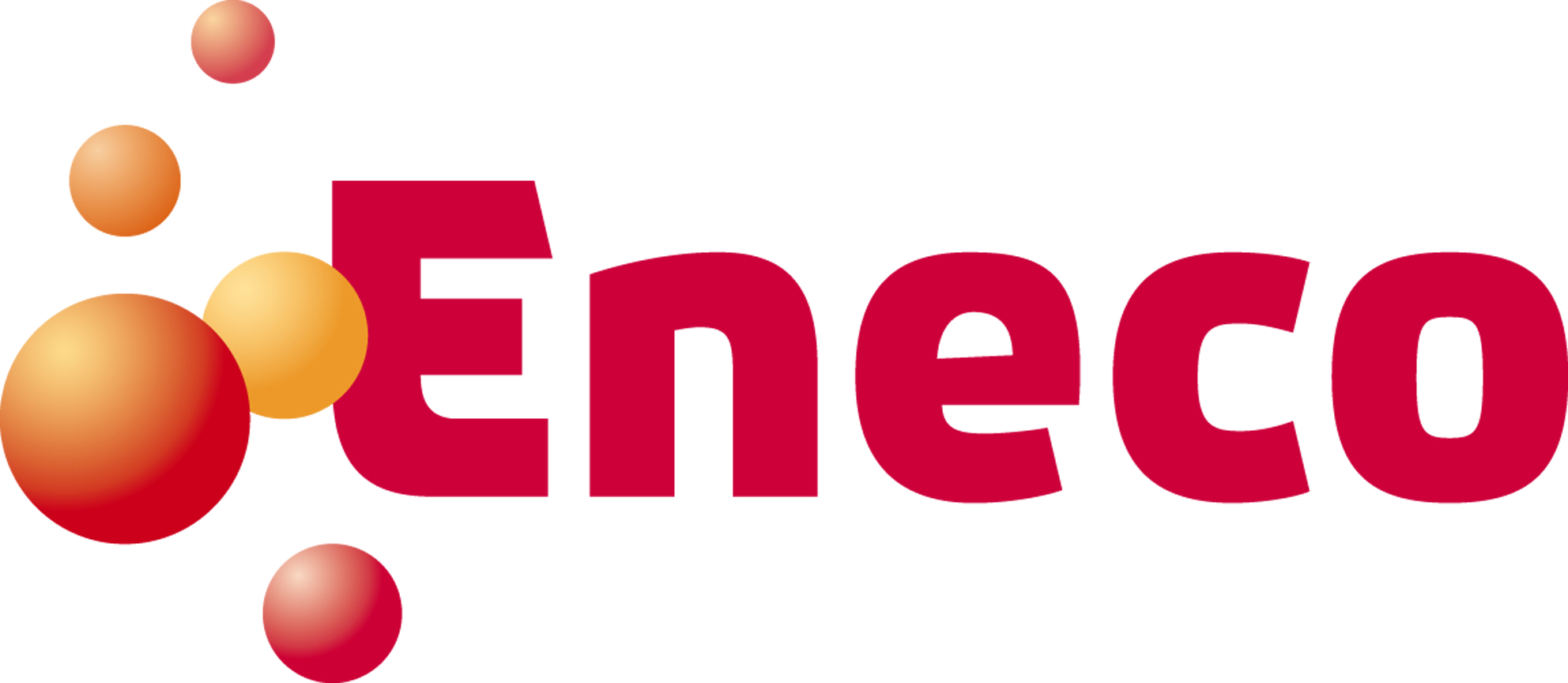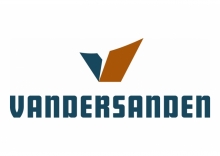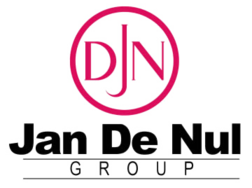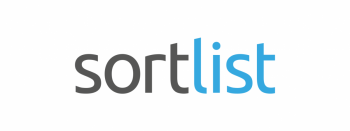‘The war for talent is over. Talent has won’, say HR gurus Conny Vandendriessche and Rika Coppens of House of HR when asked about the challenges on the labor market.
Desperate about the shortage on the labor market that is coming up in the next few years? A strong employer branding strategy can help you tap into the talent pool more successfully.
“The war for talent is over. Talent has won.”
CONNY VANDENDRIESSCHE AND RIKA COPPENS, HOUSE OF HR
What is employer branding? First of all: branding!
Employer branding is a relatively ‘new’ concept – it was first defined in 1996. Like classic branding, it is about creating an image, – not in the minds of your customers, but those of potential employees (Ewing).
Many authors writing about employer branding also indicate that it is important to highlight the benefits of your organization: functional, economic, psychological… (Ambler & Barrow). In this way you make your organization attractive.
…but not quite
Where employer branding goes further – and immediately becomes more challenging – is that you can’t build it from scratch. After all, your employer brand is deeply rooted in your company’s culture.
All those different people who work for you – and especially how they behave – also determine your image as an organization (Mosley). It is an aspect that makes employer branding more difficult but also more interesting.
Because employer branding is crucial for your organization
Due to the shortage on the labor market, a lot of attention has been paid to employer branding and recruitment in recent years. And rightly so, because being or becoming an attractive employer offers numerous advantages. As our client Atlas Copco has known for years: happy employees make happy customers.
Moreover, companies with a strong employer brand would be more successful in recruiting at a lower cost. They would also have better relationships with their employees, manage to retain people better (retention) and even offer lower salaries than their colleagues with weaker employer branding (Ritson).
So how do you become ‘a great place to work’? Tim Ambler & Simon Barrow [1] sum it up well: you want to spontaneously evoke the image of ‘we are a great place to work’ in the minds of your (potential) employees.
The question is: how do you do that? How do you link your company name to things that evoke a nice feeling? How does your organization become an attractive employer?
Three must-have elements of an employer brand
Three elements are crucial to a good employer brand:
- accurate information about your organization, and thus the credibility of your employer brand
- awareness of your employer brand
- relevance of your employer brand
Accurate: do the reality check
Research shows that the credibility of your employer brand depends on the accuracy of your message. Future employees will check if what you say corresponds with the image they get of your organization through other channels.
And because choosing an employer is such an important decision, they will listen to family, friends and other people who already work for your company. Does the image you present match reality? This is the key question that will determine whether your employer branding works or not.
Case: a study that we did for a consultancy company confirms this.
Asked how they perceived themselves, the consultants in question compared themselves to “the best in class”. Say Audi or BMW. But the outside world perceived the consultancy world differently. More like an Alfa Romeo: a brand that looks flashy and fast, but which you have to take to the garage every now and then because it rattles under the hood.
An image that the organization reinforced by emphasizing the ‘flashy’ and ‘fast’ in its communication. In this way, the company made it extra difficult for itself to attract candidates. Candidates already had a distrust of “fast and flashy” consultancies. Worse, the fast and flashy external image didn’t match the reality, so it wasn’t even accurate.
After the insights from the survey with external stakeholders, the consultants were able to turn the tide. They started emphasizing qualities such as stability, openness and teamwork in their communication, which aligned much closer to their true culture anyway. This enabled them to attract the right talent and to embark on a new growth phase.
Awareness: be everywhere – and be noticeable
What do people want to find in an employer brand? Accuracy is one thing, as research by Lara Moroko and Mark Uncles [2] confirms, but a second aspect is at least as important according to them: attractiveness.
Attractiveness is created step by step. As with classic marketing, you can only become attractive if your awareness is sufficiently high. It is therefore a matter of being present as much as possible at the touch points where candidates can come across you: at job fairs (yes, they still work), on social media and platforms, through guest lectures, etc.
‘Less is more’ does not apply here: the more channels and possible contact moments, the better.
Byron Sharp gives an interesting lesson in his book ‘How brands grow’. It is not differentiation from others that makes you successful as a brand (in what way am I different?), but being distinctive (do I stand out enough from my competitors).
The Coca-Cola red, the recognizable luxury packaging of Apple, the “golden arches” of McDonalds: these are brand attributes that are so recognizable that they have become iconic.
Being different from others (“differentiation”) is less important than being recognizable (“distinctive”)
Byron Sharp, “how brands grow”
Consistency is key. We notice that organizations increasingly opt for one recruitment channel (increasingly Instagram), but do not forget that candidates do not think in silos. If you create a hip vibe on your Instagram page, but that is negated by the content on your Linkedin page, a candidate will wonder what the ‘real’ company is now.
We also advocate that your ’employer brand’ does not differ too much from your product brand. Of course it does not have to be exactly the same, but make sure it is recognizable and has the same distinctiveness, as Sharp calls it.
Relevant: Listen to your target audience
Moroko and Uncles add one last interesting aspect: resonance and relevance.
How meaningful is your message to candidates? Do prospective employees want to know that you are the biggest in the market? Or are they mainly interested in what their daily job will be like? What do candidates really want to know? How well do you succeed as a company in reflecting what it is really like to work for you?
Getting started with the employer branding roadmap
1. The “EVP”: define exactly what you have to offer as an employer
Potential employees want to have a clear picture of the company they might work for. The information you share should therefore be based on reality, on the corporate culture as it really is. To be able to describe it, it is best to conduct qualitative interviews with some of your employees.
Along with the organization’s values, their real-life experiences are the best basis for a mind map in which you bring everything together.
Next, define your Employee Value Proposition or EVP: a clear summary of what your company has to offer employees. This EVP becomes your compass that will guide all communications. Ideally, your EVP takes several aspects into consideration:
- Culture: what is it like to work for your company?
- Career: what growth opportunities does your company offer?
- Job characteristics: what exactly does a job at your company entail?
- Reputation: how does your company score in terms of innovation, sustainability, leadership, performance, …
2. Spot the inconsistencies in your story
Consistency is the key to an employer brand.
Hence the importance of checking whether the internal and external perceptions of your organization are aligned.
So listen yourself to what stakeholders say about your organization: do you notice any perceptions you didn’t expect, or that don’t add up? Make that your focus.
One useful (online) platform that helps provide a mirror is Glassdoor. Glassdoor is a platform where current and former employees share their experience with a company.
Also screen your own channels as if you were an outsider. What image do you project of the organization on Linkedin, Instagram, your own website?
Check how employees behave in exchanges with the outside world. Do they live and embody the values that are so important to your organization?
3. Create personae that clarify the expectations of your target group
Think of your target group. What are their desires, needs and wishes? How can you make your message meaningful to them? Are you sure you understand what drives them?
Labour market specialist Jan Denys noted at one point that research showed that candidates were looking for job security above all else, while this was rarely mentioned in vacancies. A missed opportunity.
So make sure you get to know your target group – through research, market studies, your own surveys, social media screening, experiences of your own employees. You can do this quickly and rudimentarily or very thoroughly, but it is an important step.
Research shows that job security (financial stability) is an important factor for employees – but it is rarely listed in job vacancies. A missed opportunity.
Source: Jan denys, randstad
You can also create an ideal employee profile. That way it is immediately clear which type of employee best suits your organization.
4. Visualize your actions and channels using a funnel
Applicants come into contact with your company in various ways. It can start with an enthusiastic Linkedin post from someone in their network or an interview with the CEO in the newspaper.
This can trigger attention and lead to a visit to your website and a click through to your jobs page.
Tools can help you evaluate how well the different stages of the funnel are working, but you can also easily chart this yourself, for example by measuring the conversion from social media to job page and from job page to actual applications.
5. The best ambassadors are your own people
A step that you definitely want to integrate in your funnel are referrals. People who act as ambassadors for your company can provide a gigantic boost.
Digital applications such as Social Seeder and Ambassify can give your employer branding an extra push. They are tools with which your employees can share interesting content about you as an employer in a very user-friendly way.
Case:
Unilin went one step further: they built a full-blown advertising campaign around some of their employees. With very powerful results: not only did they succeed in filling more vacancies, the found candidates also turned out to be sustainable hires: they stayed with the company for much longer.
6. Leverage storytelling to bring your brand to life
Lifelike stories catch on. People believe a testimonial from someone they can identify with more easily than a cool, corporate statement.
Case: for the sustainability communication of brick producer Vandersanden, we presented not only the hard figures, but also testimonies of employees, how they work more sustainably in their daily jobs. So much more appealing to talent who certainly have high expectations around this aspect.
7. Measure what you do. Build on what you know.
To measure is to know. Today there are many interesting programs with which you can analyze data. But don’t get lost in them. Look for the parameters and KPIs that really matter to you and focus on them.
And as we so often notice: trust the process. Building an employer brand is a long-term process, but if you approach it step by step, you will see the results.
Extra: three employer branding boostershots
The image of your CEO: a powerful booster for your employer branding
The image of your CEO plays an important role in the attractiveness of your company. Especially young generations see the CEO as the embodiment of the values of a company: does he or she walk the talk? Research by FINN shows that CEOs often have an ‘all business no smiles’ image, especially in the press, with a lot of focus on hard business figures, strategy and so on.
For employer branding purposes it is just as important to also show the ‘softer’ side of your CEO: how does he or she carry out the values of the company? How does he/she think about diversity, innovation, sustainability? Read here how you can shape and professionalize your CEO communication.
Expert marketing and thought leadership
A company that succeeds in positioning itself as an expert or thought leader has a step ahead. And this applies not only to customers and prospects, but also to employees and potential employees: after all, they would like to work for an employer that is at the top of its sector. Read in this blog how you can become a thought leader.
Don’t underestimate your own website
In a survey by TheTalentBoard, candidates selected up to 5 types of research channels they found most valuable when researching career opportunities at a company. Surprisingly, a company’s career site was by far the most popular channel to research (64%). For reference, job fairs counted for only 10.80%.
Employer branding at FINN
FINN supports customers with:
- Research, surveys and mapping
- Defining vision, values, purpose and Employee Value Proposition
- Employer branding strategy
- Storytelling
- Implementation of internal and external communication
- Employer branding campaigns
Sources & references
- (1) Tim Ambler & Simon Barrow published ‘The Employer Brand’ for the London Business School
- (2) Lara Moroko and Mark Uncles published ‘The Routledge Companion to Contemporary Brand Mangement’


